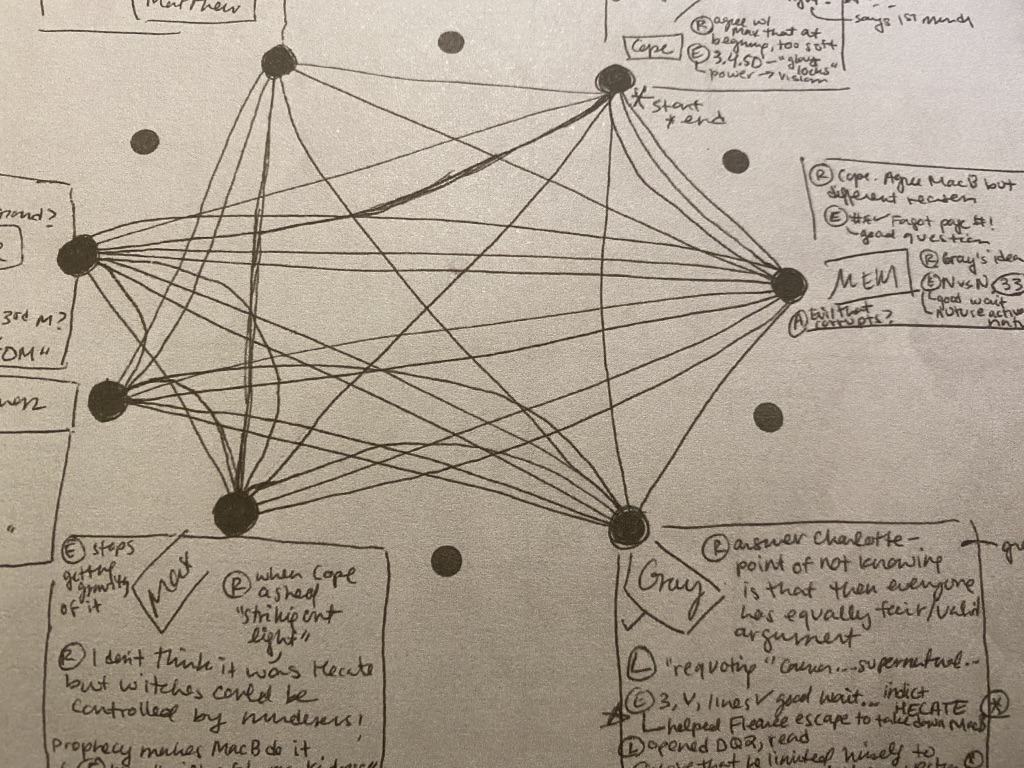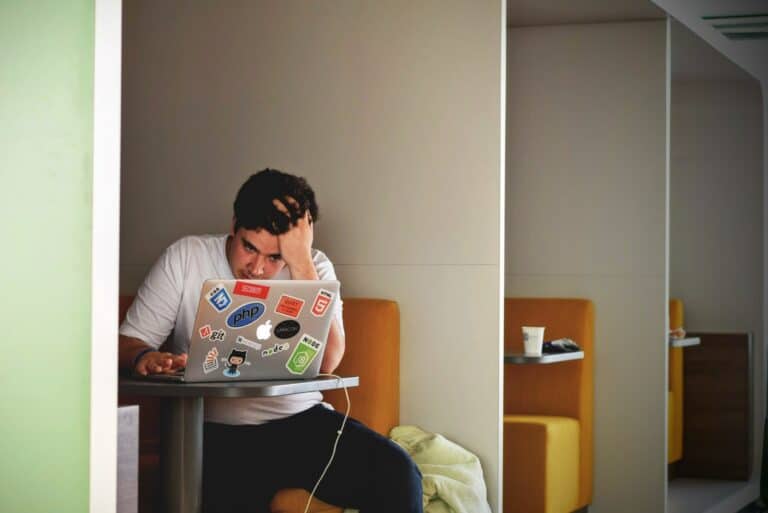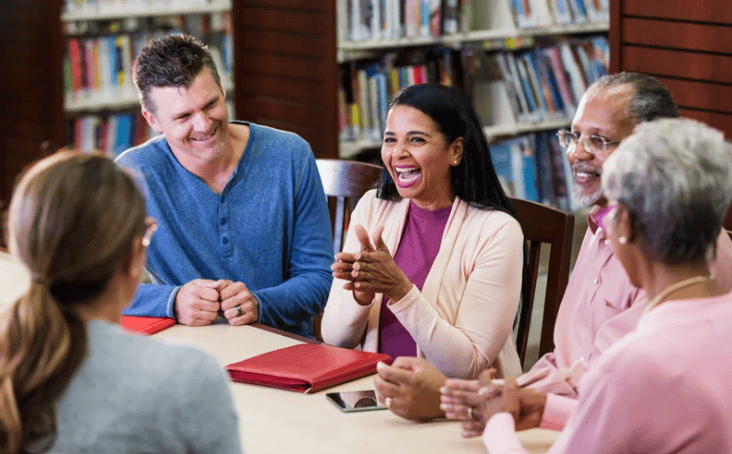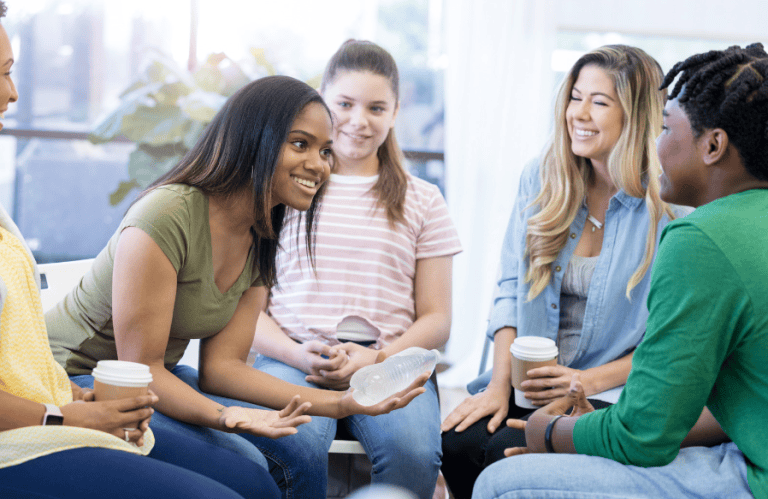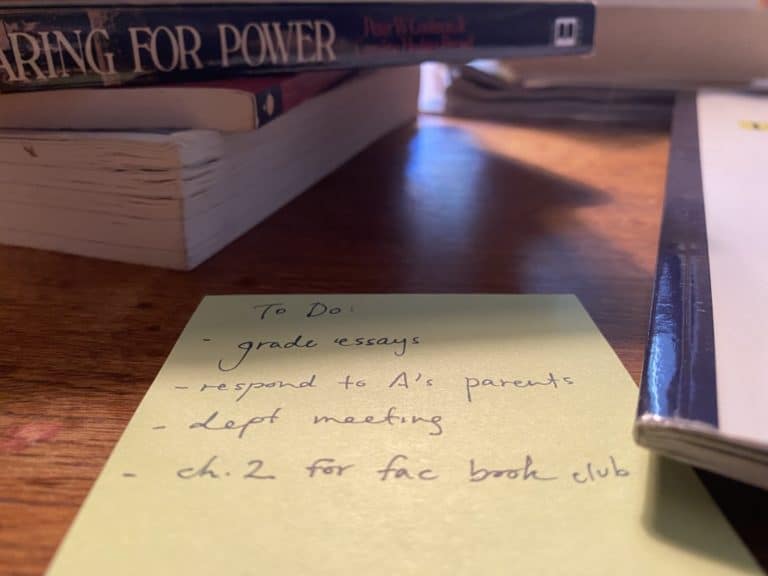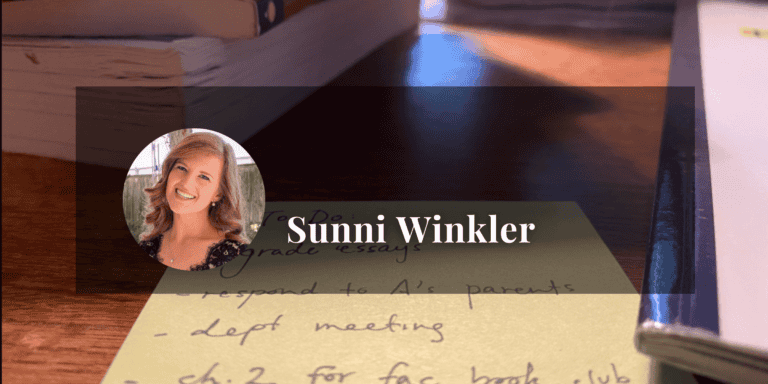Politics, Economics, and the Lives of Teenagers
This week’s Beyond the Syllabus presents two problems raised from political and economic instability and introduces two reports that shed light on the effects of and possibilities that emerge from them.
Video Report: Juliette Faraut, “Teen Disengagement on the Rise.” This definition of “disengagement” isn’t the traditionally-educational one: they’re talking about teen engagement with paid work outside of school. Though a student’s ability to bank some pocket money, in the 80s-movie-drive-in stereotype way, may not seem relevant to teacher practice, the Brookings report takes into account the less-glamorous, less-nostalgic reality that many teens and their families rely on extracurricular work. In larger numbers than any other age group, teen labor force has collapsed during the Covid-19 pandemic; in April, it hit 40%. We’ve linked first to the LinkedIn post about the Brookings report primarily to highlight the compelling thread of reactions to this decline and perceived reasons for it. Though the pandemic has wiped away economic opportunities for teens, affecting some students’ abilities to access basic needs, the Brookings report highlights a major trend away from part-time work during the teen years as definitions of (and expectations of) secondary education have shifted. We like this article for the challenge it gives to teachers to gauge the expectations they place upon students with financial needs beyond the classroom, to parents to assess the way they describe the purposes of classroom and non-school learning to their students, and to school leaders to consider the affordances and limitations of school and workplaces for learning. After a pandemic, what does work look like for teenagers, and how can educators and employers work together to (re)imagine the future of teen work?
Study: John Rogers et. al. “Teaching and Learning in the Age of Trump: Increasing Stress and Hostility in America’s High Schools.” Rogers and his team studied high schools during the first four months of the Trump presidency to examine “whether the substance and tone of national discourse” in the period significantly affected the learning and safety of high school students. Operating out of UCLA’s Institute for Democracy, Education, and Access, Rogers’ research team collected narrative responses from 848 high school teachers and conducted 35 follow-up interviews in 2017. Though methods of research collection were neither comprehensive nor necessarily unbiased, the results presented in the study’s summary are pronounced. Specifically, a majority of teachers in majority-minority schools described a significant rise in discomfort or perceived danger in the school environment, and a significant number of teachers in predominately White schools cited both a rise in “polarization, incivility, and reliance on unsubstantiated sources,” as well as general hostility toward religious and racial/ethnic minorities, in the months following Trump’s inauguration. Though we know that most teachers, especially teachers of the humanities (the ones Rogers and his team studied), vote liberal, it’s worth noting that, if we can’t trust teachers to describe student comfort, we can’t trust anyone. The research team ultimately suggests that the most powerful interventions in politically hostile school environments came from school leaders (principals and other administrators) and political leaders offers a potent, and we feel ofter under-recognized, angle on the issue. As we enter our next post-inauguration stage, school leaders in particular should read this study.
